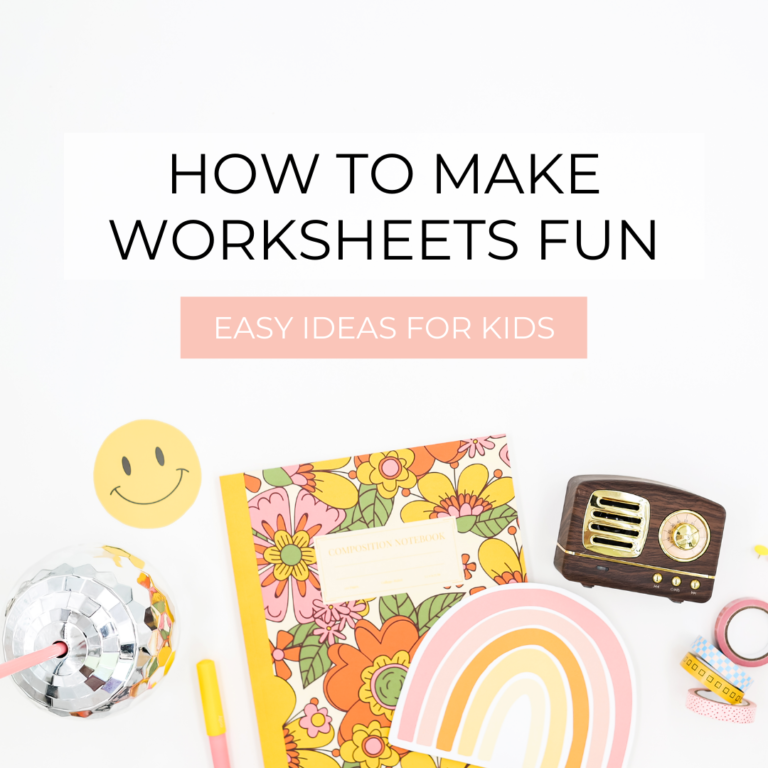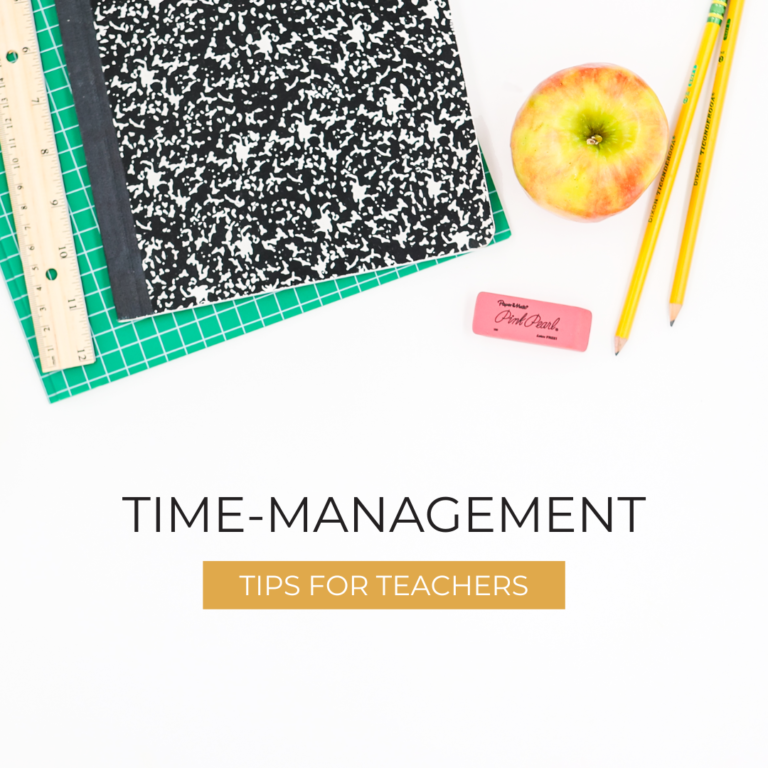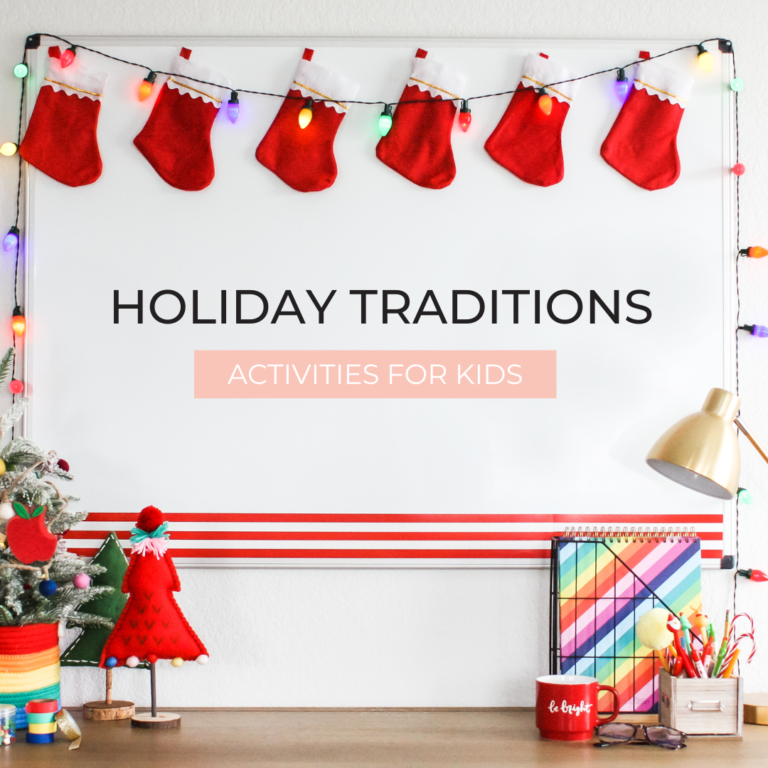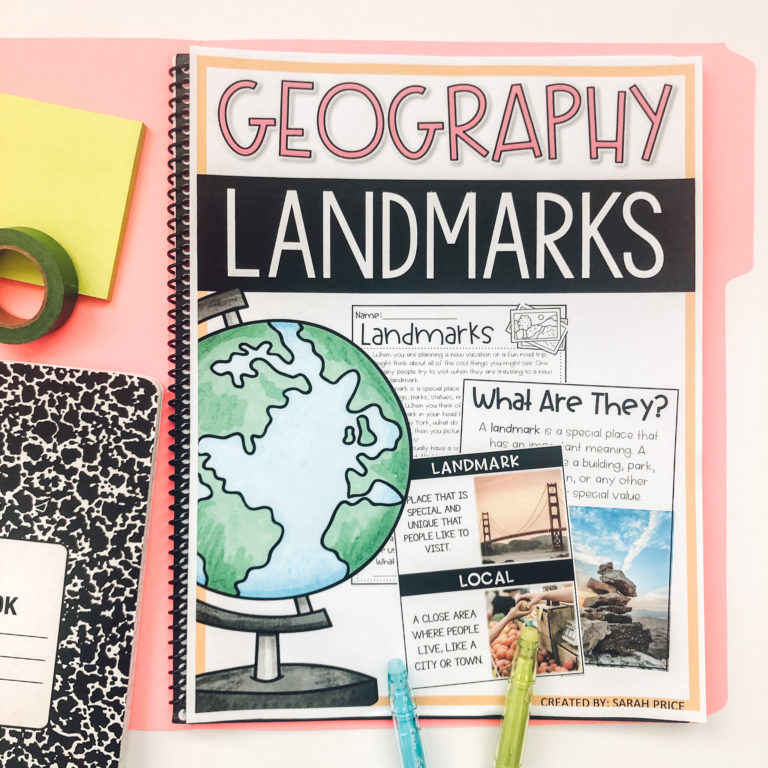Amazing Weather Activities for Kids
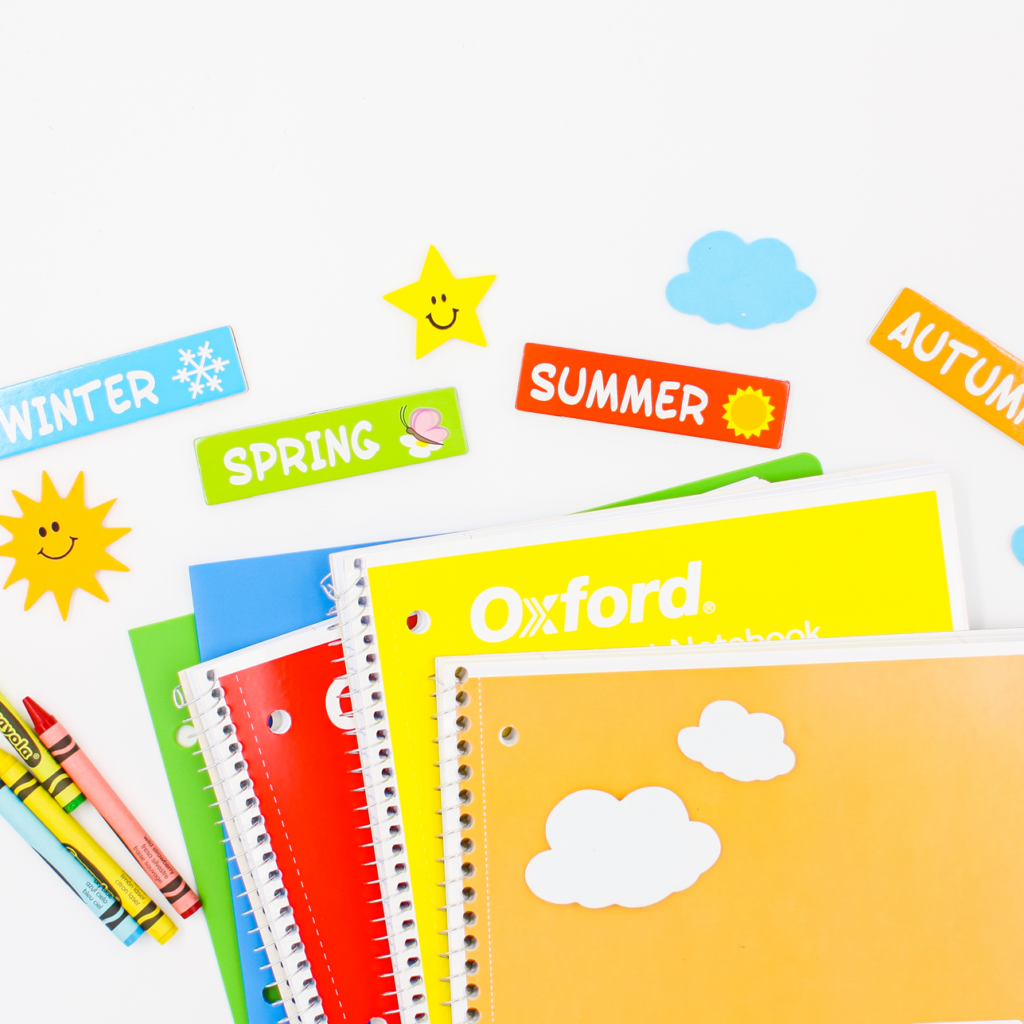
Learning about weather is a great way to get kids engaged and excited in the classroom. It’s an interesting topic that has a lot of potential for hands-on activities, and it can easily be tailored to fit any type of student. Whether you’re looking for an activity to supplement your lesson plan or just want to introduce a new element into your classroom, these amazing weather activities for kids are sure to get your students excited about the science of meteorology.
Talk about meteorologist
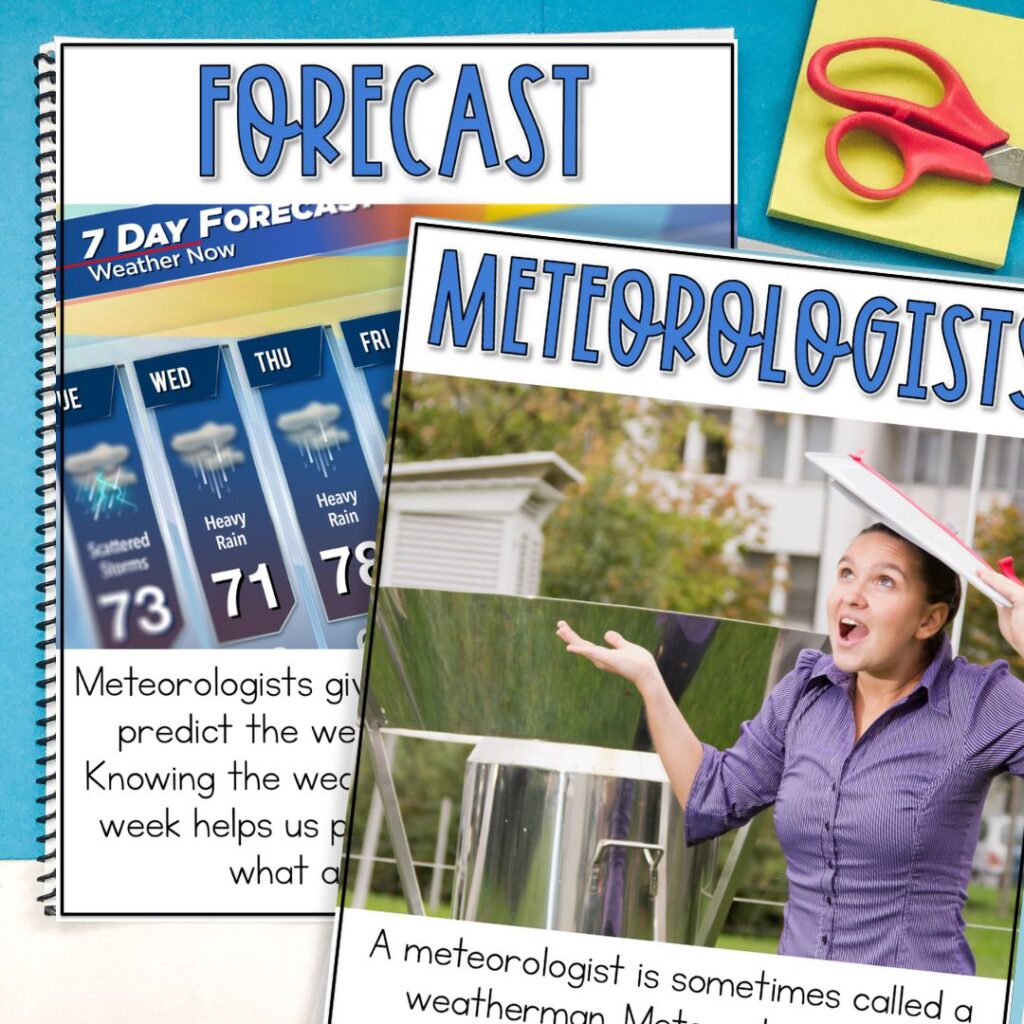
A great introduction into a unit on weather would be a lesson on meteorologist. Teach your class about their role and importance in our daily lives. One fun way to do this is by having your students create maps depicting current local weather conditions as reported by either TV news reports or online sources such as The Weather Channel website.
Snag a free roadmap to help you stay on track throughout the year when you are lesson planning. HERE!

To help you plan out your year, grab a free yearly overview for science, which makes planning stress-free.
Study clouds:
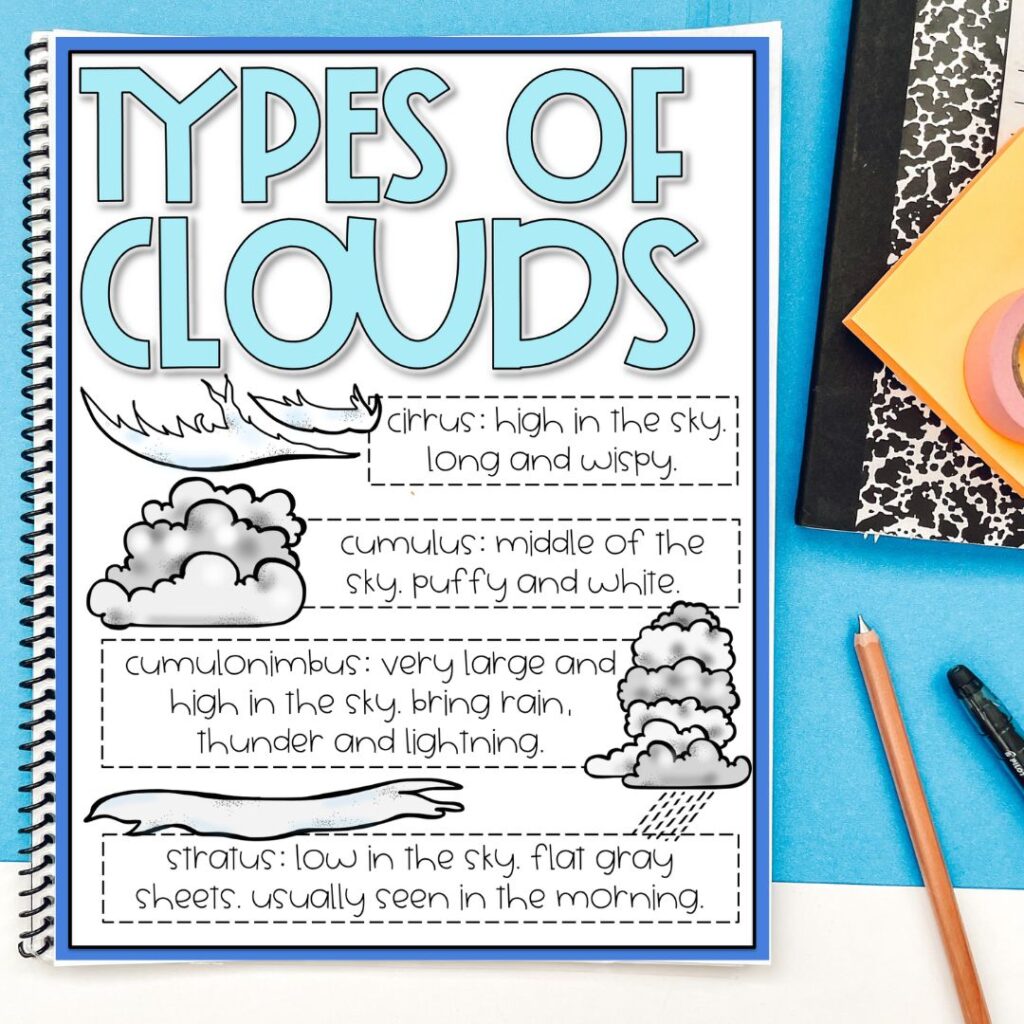
Next talk to students about clouds. Clouds are a great way to predict the weather. Have your students create their own cloud chart by using cotton balls and felt pieces cut into different shapes. This activity allows them to get creative while also teaching them about different types of clouds and how they form in the sky!
Make Cloud Jars:
Another fun way to learn about clouds is by making cloud jars. For this activity all you need are mason jars, water vapor beads (which can be purchased online), food coloring dye and Glycerin (which can be found in most pharmacies). Fill up mason jars with water vapor beads then add food coloring dye for color. Add 1 teaspoon of Glycerin to each jar so that it forms visible clouds when shaken up!
Construct a Rain Gauge:
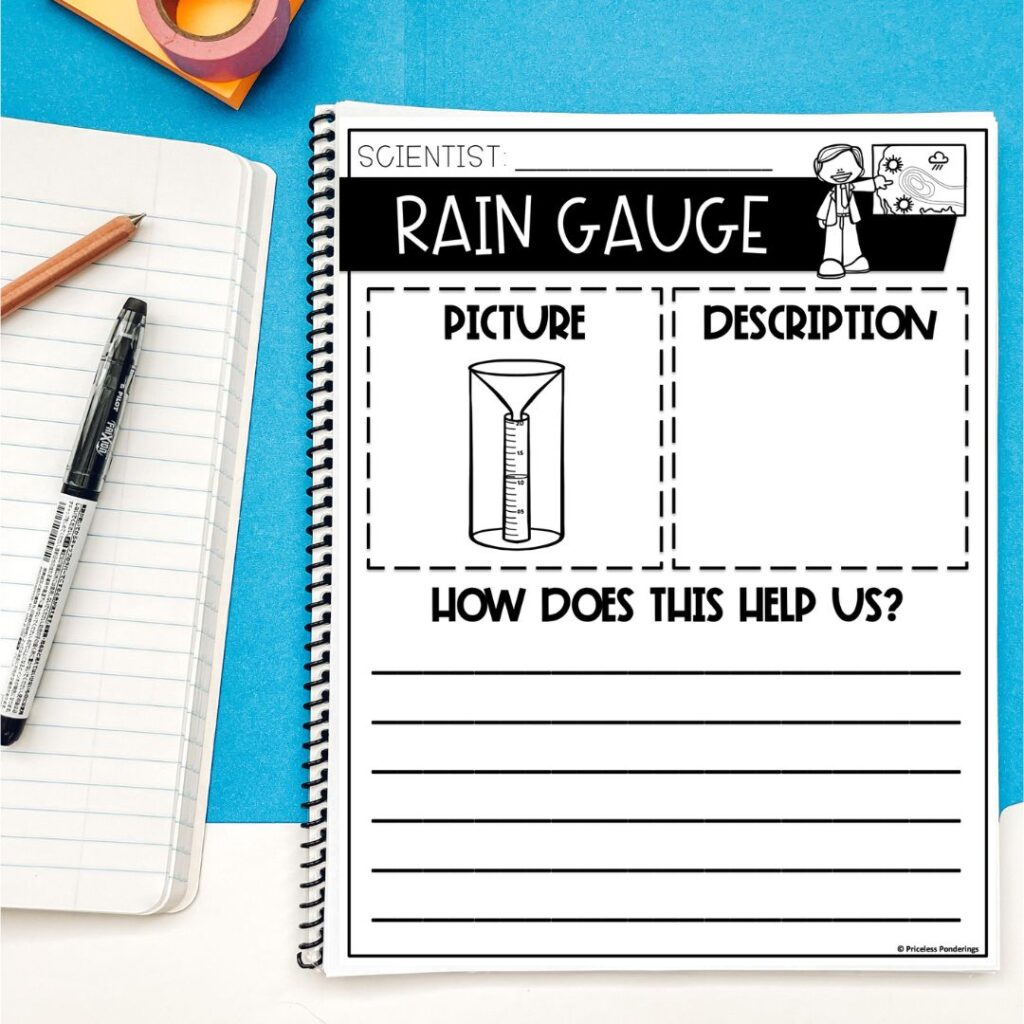
Teach your students about rain by having them construct their own rain gauge! All you need is an empty soda bottle, some rocks or pebbles, and some clear tape. Instruct your students to fill up the bottle with rocks until it reaches just below its opening; then have them place some clear tape around the opening so that no water gets out when rain falls on top of it. They can measure how much rain falls in their area by checking back on their rain gauges after each rainfall event!
Measure Wind Speed:
Wind is another important factor in weather. Have your students measure the wind speed in their area by using anemometers or make their own with some poster board and markers. Instruct them to first use colored markers to create a pinwheel shape on the poster board then cut it out. Then have them attach a straw onto the
Natural Disasters:
An important and informative lesson to add to a unit on weather is one about natural disasters. One way to teach kids about natural disasters is to use an activity that simulates the impact of different disasters. One way to do this is to have your class build a model city out of cardboard boxes and other materials. Then, have them use dice or cards to “roll” different disasters such as earthquakes, floods, and tornadoes. As the students experience these disasters, they can discuss the impact of them on the city and how to rebuild it in a more resilient manner. This can also help teach kids about proper safety measures that should be taken during such events.
Weather Activities for Kids
Learning about weather is fascinating and engaging for both teachers and students alike. With these activities, you can easily incorporate the science of meteorology into your classroom and get kids excited about the power of nature!
Add in pre-made science lessons
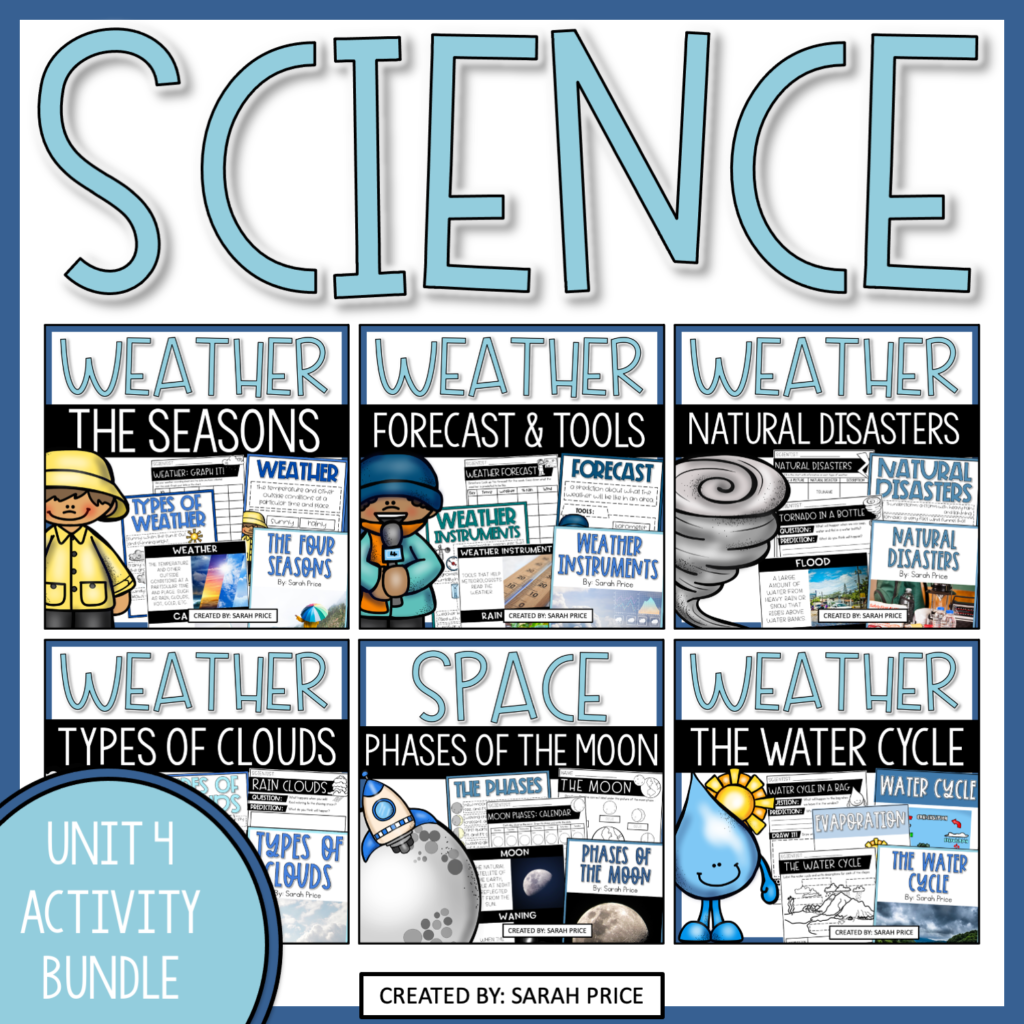
Coming up with weather activities for kids does not have to take long. If you are struggling with coming up with activities on your own, I’ve got you covered. My Weather Curriculum Pack is perfect for 2nd and 3rd graders. It is full of lesson plans, anchor charts, low-prep science experiments, worksheets, and quizzes.
Each unit comes with:
- lesson plans
- vocabulary words
- anchor chart ideas
- an interactive notebook activity or corresponding worksheet
- nonfiction reading passages
- additional worksheets perfect for a science station
- an end of the unit quiz to assess their understanding of the topic
Figuring out how to fit science into your day is easy when all the work is done for you!
Grab MORE teaching ideas here!
7 EASY TOPICS FOR 2ND GRADE LIFE SCIENCE CURRICULUM
SECOND GRADE SCIENCE BASIC PRINCIPLES: 6 EASY TEACHING TOPICS


